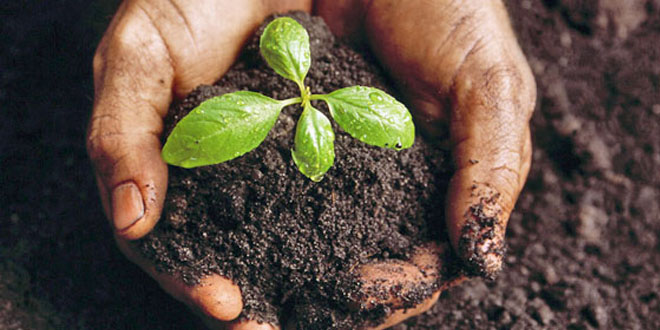Despite deliberate social distancing in parts of the world in order to slow the spread of the Corona Virus, one lasting lesson from the COVID19 pandemic is the need for togetherness and collaboration especially in the midst of travails that threaten us all. The pandemic also emphasized the need to ensure our food systems are at all times active and efficient, catering to the nutritional needs of millions of people around the world.
 |
| (Photo credit: FAO,2020) |
It is estimated that the impact of the COVID19 pandemic may increase the number of hungry persons from about a 690million people in 2019 to over an 800million people between 2020 and 2021, depending on the economic growth scenario. This is in view of the fact that poor and vulnerable persons from communities in developing countries were worst hit, leading to higher rates of food insecurity as food either became scarce or was sold at higher prices where available.
As
we strive to achieve zero hunger by the year 2030, the theme of this year’s #worldfoodday calls for collective action to build food systems that are resilient to shock. This includes inputs from producers and suppliers
across the agricultural value-chain, manufacturers, governments, financiers, and more importantly the everyday consumer.
In order to continually maintain efficient food systems, every role player needs to be intentional as a part of the unit working for the world’s
greater good. We need to make conscious efforts and choices to promote growing and consuming safe and nutritious food sustainably, taking into consideration the needs of others and the future of generations yet unborn.
As
a producer, this will be reflected by how much of your processes adhere to global best practices for sustainable agricultural intensification. This will ensure that we sustainably grow foods to nourish the world’s population
together.
As a supplier, protecting the environment and ensuring the safety of foods in the course of transportation from the farm to the fork will ensure we sustainably make nutritious food available together.
As
consumers, making the right food choices, growing some portion of your own food within a home garden as well as avoiding food wastage ensures that our food system sustainably grows nutritious food at all times.
As
a government, well-thought-out implementable policies that consider the needs of stakeholders in the food production system, including policies that protect the environment in the midst of intensified production
as well as secure the food production and supply workforce which will ensure we sustainably grow and nourish together as a people.
Also, building systems to enable farmer’s access finance for agricultural activities especially in the rural communities as most of the communities with high productivity will ensure we sustainably grow the right quantities of food, enough for everyone.
The world needs not wait for another pandemic before we put our food systems in order. Beginning from “yesterday”, we should strengthen our food production processes and infrastructure against uncertainties such as the CoronaVirus. In doing so, we can grow, nourish, sustain. Together!
To our #foodheroes all around the world,
producing and supplying food in the midst of these difficult times, we see you and we celebrate you.
Happy world food day!
The Author
Ogbole Esther
''As an agriculture enthusiast, I have long had a passion for contributing my quota to the growth and development of the Nigeria agricultural sector and this birthed an interest in research to see what and how precisely agricultural strategies are implemented in developed economies of the world and how they can be adapted to suit the Nigerian scenario''.







